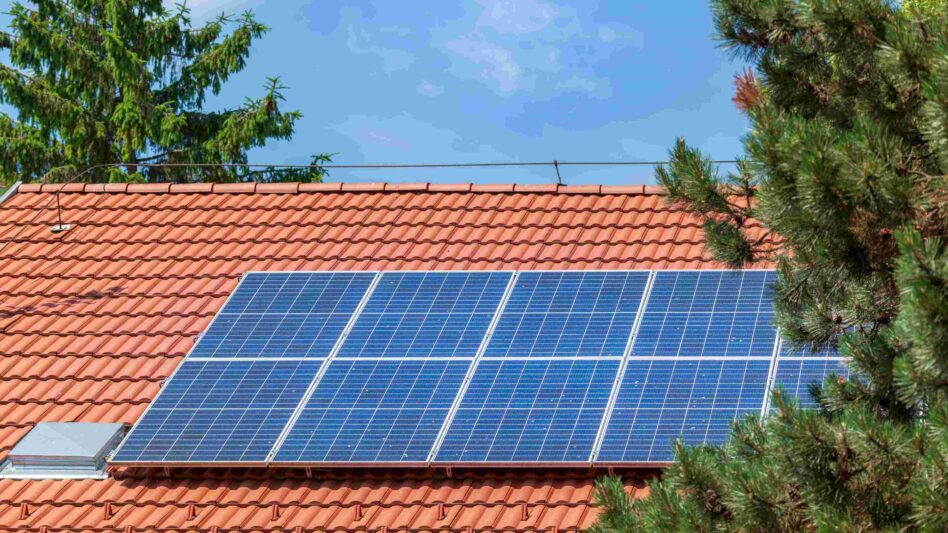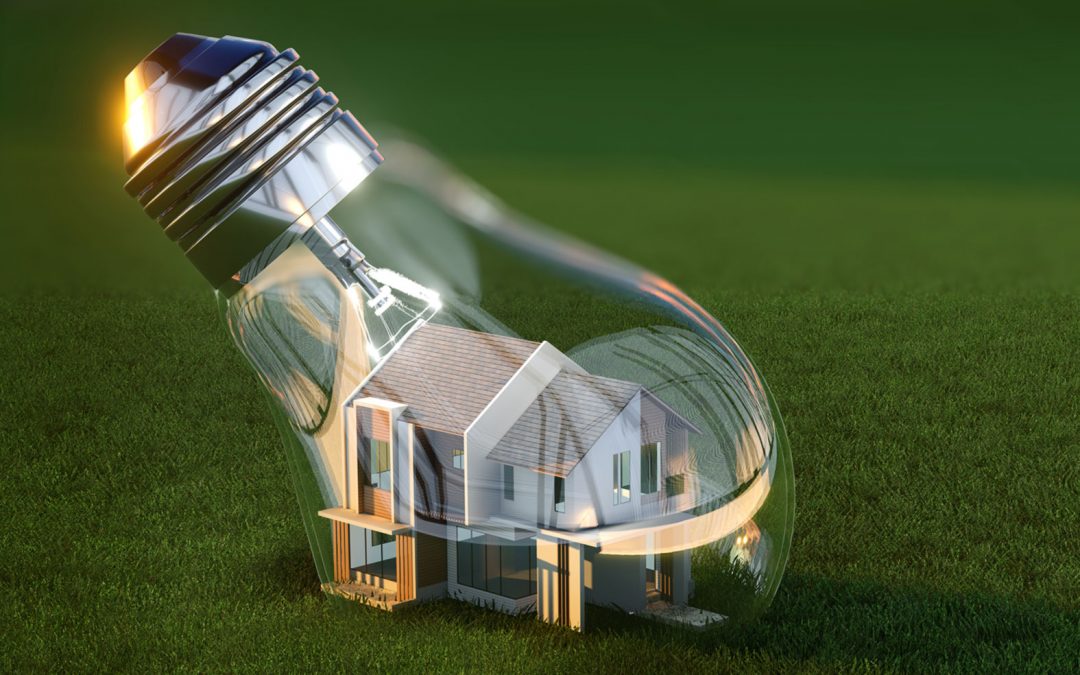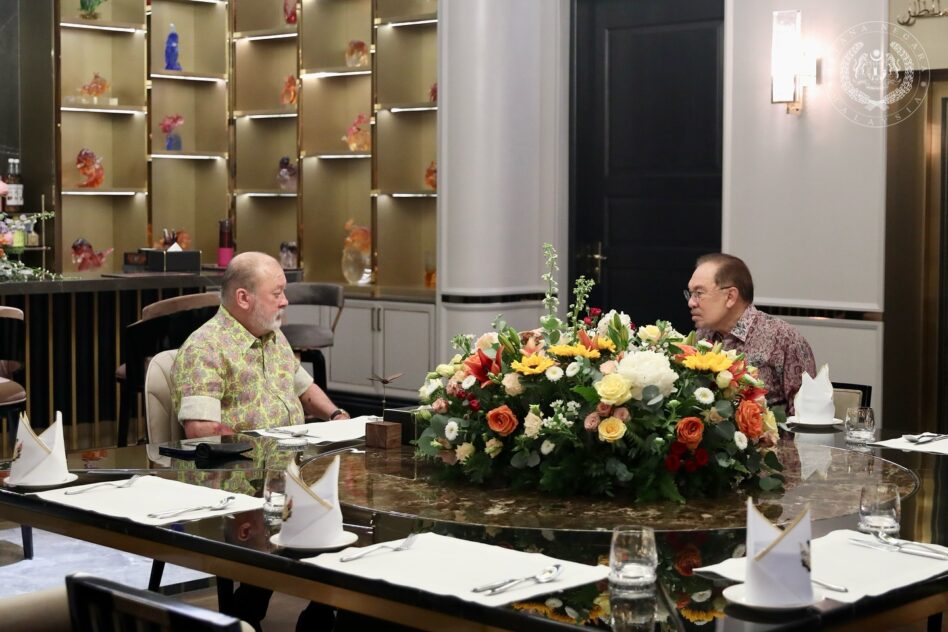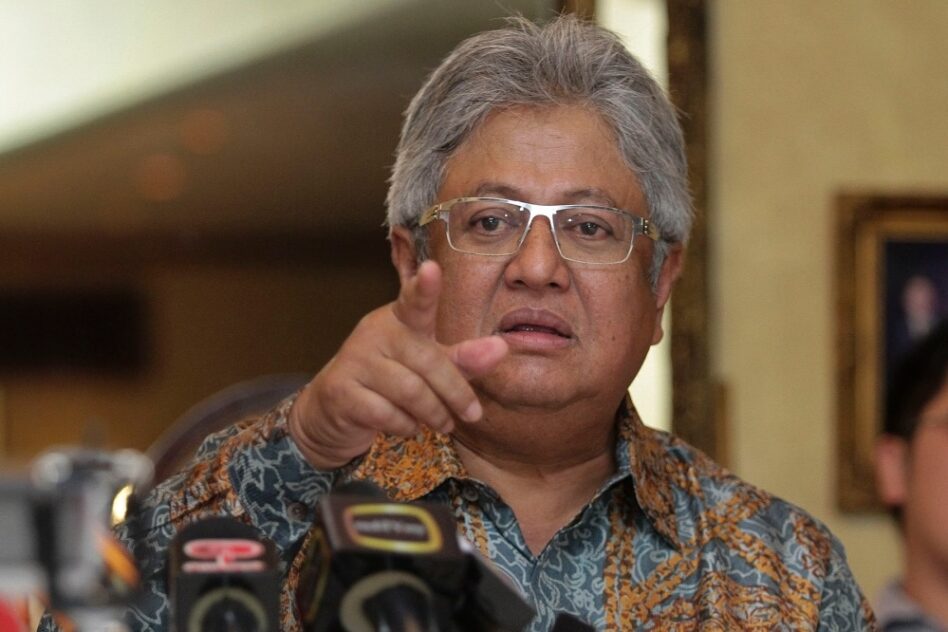NOWADAYS, the word “energy-efficient” is the equivalent to saving big where homes and property maintenance is being considered. Bills aren’t getting cheaper and salaries aren’t getting bigger.
But how does that work? People will inexorably think about energy-saving devices, or simply, to use less electricity.
But the truth is, it is more about controlling temperature especially when living in a tropical climate such as Malaysia.
Start from the top
One key factor in creating an energy-efficient home is proper insulation. By insulating areas like the roof and attic, residents can prevent excessive heat from entering their home.
These spaces are highly exposed to the sun, which can significantly raise indoor temperatures. Reflective roofing materials are also effective in reducing heat absorption, keeping your home cooler.
The simple tip is a cooler home equals less energy usage since your air conditioning do not have to work as hard.
Let in the air

On the other hand, ventilation plays a crucial role in reducing reliance on air conditioning.
Installing large windows or ventilation grilles can enhance airflow and encourage natural breezes to cool one’s home.
Strategic window placement to catch prevailing winds, along with ceiling fans, can improve air circulation and help maintain a comfortable indoor temperature without consuming much energy.
Cross-ventilation, where air flows from one side of the house to the other, is especially effective in tropical homes.
Not keen to make huge renovations? Then simple shade your windows with awnings, thermal blinds, or window tinting.
It doesn’t always have to be the house. Landscaping also plays a vital role in energy efficiency.
Planting shade trees near windows and walls facing the sun can do all that while making your home look prettier too. Who could say no to more trees and flowers?
People just don’t use solar panels

Although we all know solar panels are useful in this regard, how many Malaysians actually use it? Therefore it bears repeating here.
While the initial cost can be high, the long-term savings and environmental benefits are considerable.
With smart home technology, such as energy meters and smart plugs, you can track your energy usage and make adjustments for even greater efficiency.
Use a fan instead
Cooling systems, including air conditioners, refrigerators, and water heaters, are major energy consumers.
To minimise their impact, consider switching to energy-efficient cooling solutions like ceiling fans, which consume far less energy than air conditioners.
If air conditioning is necessary, opt for a split-type system, which is more energy-efficient than central air conditioning.
Programmable or smart thermostats can further optimise energy use by adjusting temperatures automatically when you’re not home or during the night.
Speaking of programmable or smart, e.Sentral by award-winning developer HCK Capital is a smart development that is certain to put your energy-saving agenda at the forefront. Find out more at: https://esentralsmartcity.com/—Feb 18, 2025
Main image: Passage Island Construction









